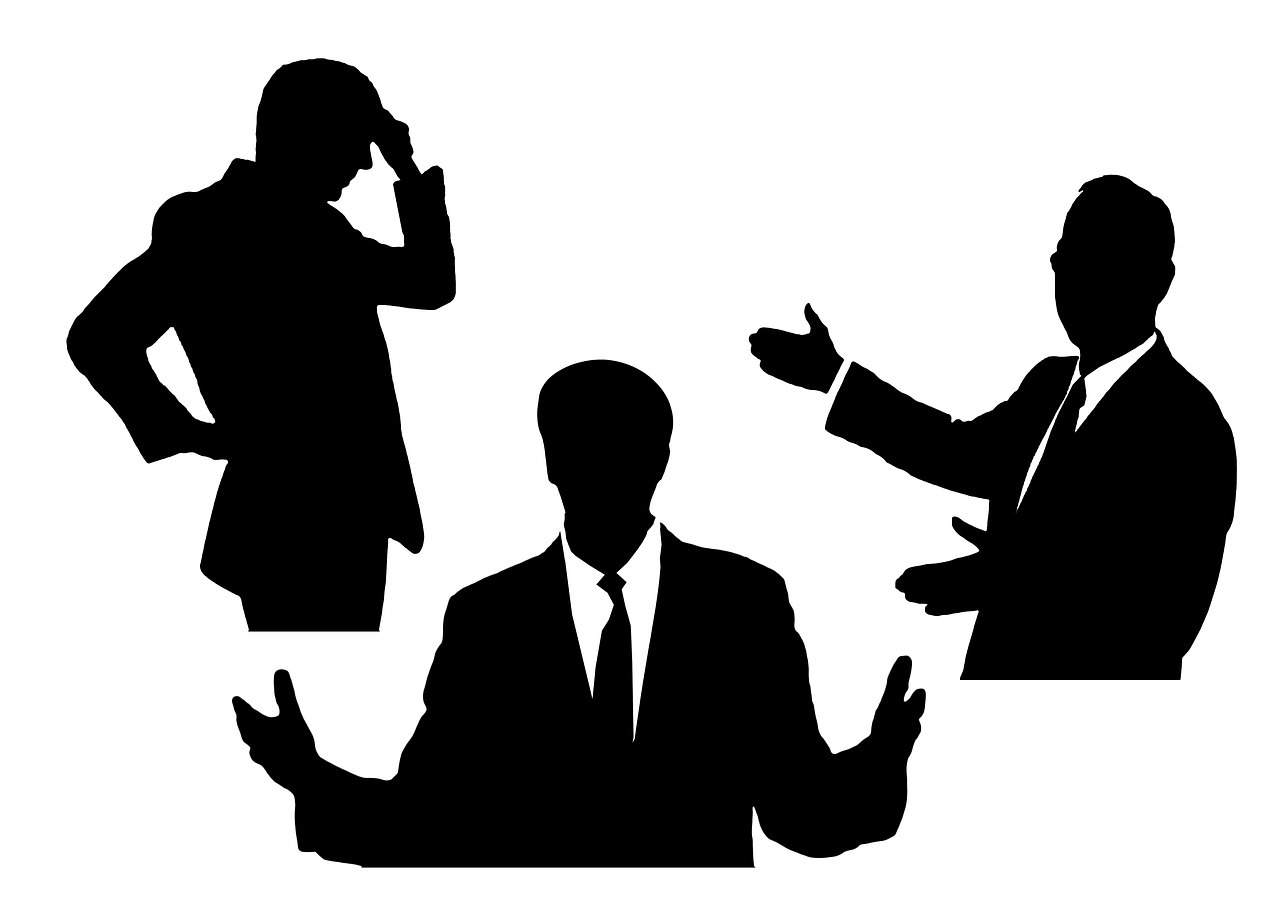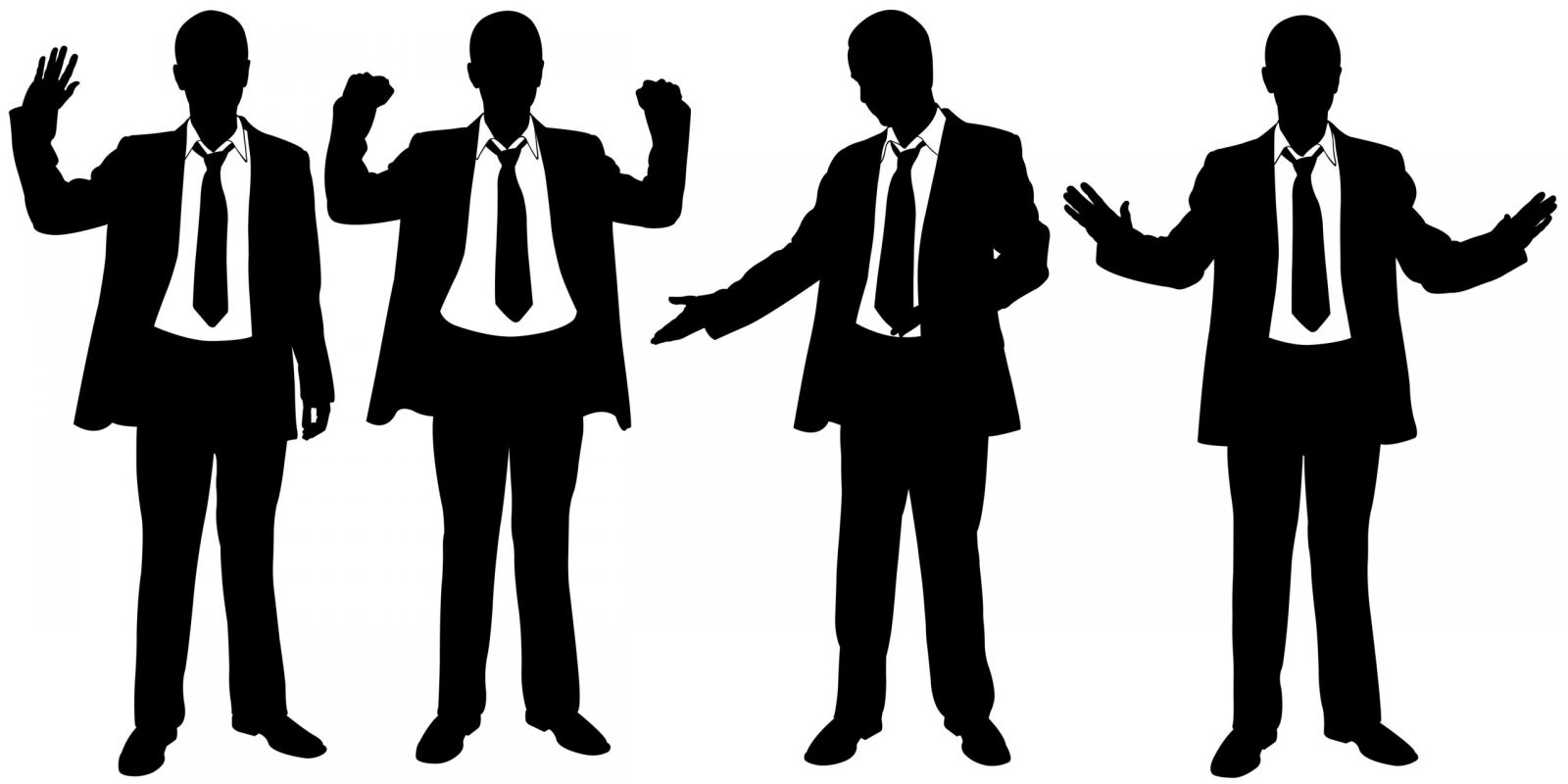So what does it take to dissect someone’s body language?
Before we delve in, I’d like to point everyone to this excellent book: The Definitive Book of Body Language, where a lot of the tips in this blog are from. The book starts by explaining that the key to reading body language is being able to listen to what a person’s saying while observing their bodies and spotting the contradictions.
For example, if someone says they are really open to an idea and excited about it, but their arms are crossed, ankles are intertwined and they’re looking at the ground, they might genuinely feel differently.
Someone crossing their arms might just be cold and not necessarily defensive. But when combined with having their head and chin down and legs tightly crossed, this paints a picture of being hostile or negative. Those three gestures together are called a cluster. Body language should always be read in clusters and with context.

What Does Body Language Tell You About A Person?
1: Follow the Feet: People’s feet point in the direction they really want to be going. It’s said that because our feet are furthest from our heads, the less conscious control we have over them, which means it’s much more difficult to fake how we’re feeling than, say, facial expressions. If you’re speaking to someone and notice that their legs and feet are pointed away from you, it might be time to pause and reevaluate the conversation, and perhaps change course.
2: Open Arms, Open Palms, Open Mind: When people’s arms are crossed and palms are clenched, it’s a sign of being defensive and perhaps having something to hide. If you’re sitting across from someone with that body language, they’re unlikely to be receptive to anything you say, because as Amy Cuddy says in her fabulous TED talk, our body language shapes our minds. If your body is in a defensive and closed position, your mind will be too.

One trick to opening the conversation, is getting people to unlock their arms. We’re not saying physically do it for them, but by offering a drink, or asking them to show you something on their phone or a piece of paper, or by giving them a pen, you’re subtly shifting their body position, which will in turn impact their emotions. Additionally, when people have their palms up, it also means they’re not lying. Open palms, means they have nothing to hide.
3: Power of Touch: This tip is a bit different, rather than saying what to look for, this is something you can do to gain someone’s favour and build rapport. Touching a person with your left hand while shaking with your right, can be very powerful, as can touching someone on the elbow lightly. This is because the elbow is considered a ‘public space’ and is further away from more intimate parts of the body.
4: Partial Arm Cross: This looks like someone is hugging themselves and usually comes in the form of one arm around a person’s stomach. It means there’s a lack of confidence or an insecurity, and the gesture is one of protection. If someone is sitting like this across from you, try to make them feel at ease and comfortable.
5: Spotting the Lie: Lying is easier to do with words, because people have control over them and can rehearse them. Gestures however, happen automatically often with little conscious control. Here are a few tell-signs to look out for to see if someone’s lying.
- Mouth Cover: Just like when children want to hide something, or make a gaff, they cover their mouths. While the brain is subconsciously instructing the mouth to suppress the words, the hand covers it.
- Nose Touch: When we lie, chemicals are released causing tissue inside the nose to swell. When people lie our noses expand, like Pinocchio. But be sure to read this gesture in clusters (like all gestures), the person might have an itch or a cold.
- Neck Scratch: This usually involves the index finger of the writing hand and scratches the side of the neck below the earlobe an average of five times and that signals doubt and uncertainty.
To Conclude
There is a lot more we can discuss when it comes to reading body language, but this is just a bit to get started. The more you practice, the better you’ll get at understanding what people truly want and are feeling.












Replies to This Discussion